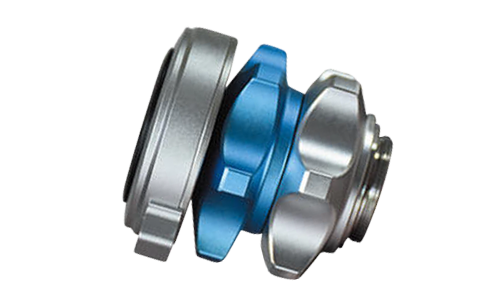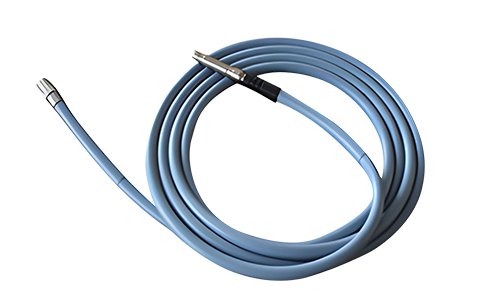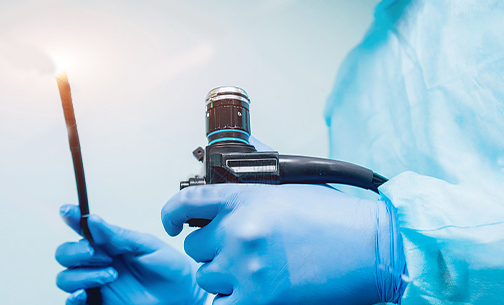📞Customer Service: +86 13248368268 📧servicecenter@suzhoufrank.com one year replacement and warranty!
Advanced LED Cold Light Source for Endoscopy: The FK-140W-LED System
In minimally invasive surgery and diagnostic endoscopy, the illumination system often makes or breaks image quality, safety, and workflow efficiency. The FK-140W-LED endoscope LED cold light source from Suzhou Frank (FESTAK series) represents a state-of-the-art solution that addresses many challenges of conventional xenon or halogen illumination systems, while maintaining rigorous performance and safety standards.
Vivi
10/9/20254 min read

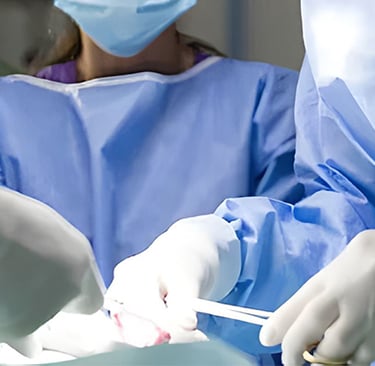
Working Principles of an LED Cold Light Source
A medical “cold light source” refers to an illumination unit designed to deliver bright, white light without excessive heat at the emission port or at the distal tip of the fiber optic cable. In practice, the system is external to the endoscope and couples light into fiber light guides. The key components include:here...
1.LED module + heat sink / driver
High-power LEDs emit visible light which is modulated by current drivers. Excess heat is dissipated via thermal management systems (heatsinks, active cooling) to maintain stable output and device longevity.
2.Optical coupling & reflecting mirrors / cold film reflectors
The emitted light is directed via precision reflectors or aspheric optics to maximize coupling efficiency into the fiber guide, while rejecting unwanted infrared (IR) components. Some designs use dielectric coatings (cold films) on reflectors that filter IR
3.Fiber light guide interface
From the coupling stage, light is transferred into fiber optics (e.g. 3 mm to 10 mm active diameters) via total internal reflection. The fibers then deliver the illumination down the endoscope’s working channel to the surgical site.
By separating the light source from the surgical field (i.e. external rather than tip-mounted), LED cold light systems permit better heat control and reduce risk of thermal injury at the tissue interface.
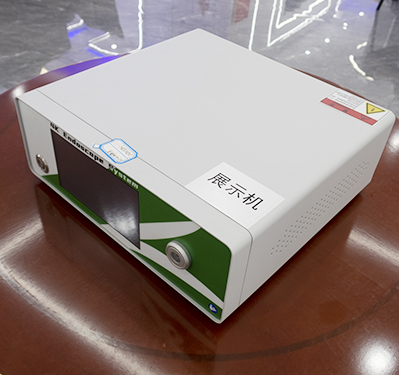

Why LED Cold Light Source Outperforms Xenon / Halogen
While xenon and halogen systems have been widely used historically, LED cold light offers compelling advantages:
*Longer operational life
LEDs can last tens of thousands of hours (e.g. 30,000–40,000+ hours) before significant degradation, reducing maintenance and bulb replacement costs.
*Lower thermal load / safer tip temperature
LED sources generate less IR/UV emission and lower radiant heat compared to xenon. Studies show that mismatches in light sources or fiber guides can lead to high tip temperatures (60–100 °C) and potential tissue injury.
*Stable color temperature & spectral consistency
LEDs can provide white light with color temperatures around 5000–6500 K, and with good color rendering (CRI >70), aiding accurate tissue differentiation. The FK-140W claims 5000–6500 K and CRI >70.
*Compactness, energy efficiency, and reliability
LED systems often require smaller housings (no bulky lamps or cooling bulbs), lower electrical consumption, and more robust operation (shock / vibration resistance).
Taken together, these advantages make LED cold light sources the preferred choice in modern endoscopy suites.
Positioning of the FK-140W-LED in Clinical Use
The FK-140W-LED is designed for rigorous clinical and surgical environments. Key features and applications include:
High brightness equivalent to 350W xenon
The manufacturer positions the FK-140W LED as comparable in luminous flux to a 350W xenon system, making it suitable for demanding endoscopic surgeries.
Wide compatibility with fiber guides
Accepts fiber light guides of 3 mm to 10 mm active diameter, covering many rigid and flexible endoscopic setups (ENT, urology, laparoscopy, arthroscopy, hysteroscopy, PTED, etc.).
Global power input and construction
Operates on 100–240V AC, 50/60 Hz — suitable for global deployment. The housing uses 304 stainless steel for durability and ease of sterilization. A one-year warranty is offered.
Lower total cost of ownership
Fewer bulb replacements, less downtime, and lower electrical demands contribute to a reduced lifetime cost compared to xenon systems.
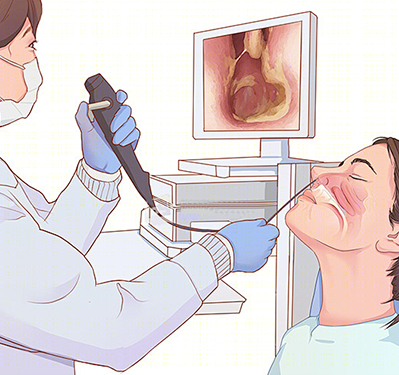

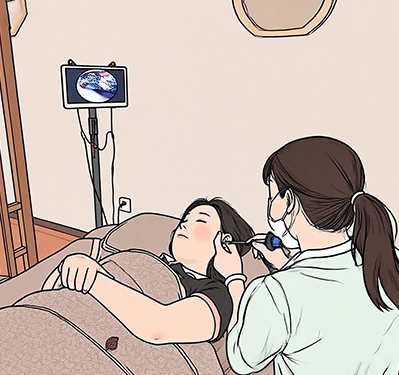

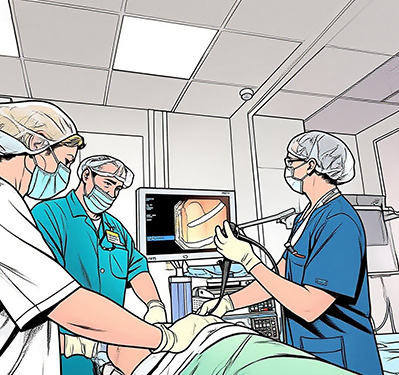

In sum, the FK-140W-LED can serve as a robust upgrade option or replacement for endoscope illumination in modern operating rooms and outpatient endoscopy settings.
Considerations and Design Challenges
While LED cold light sources are promising, implementing them in surgical-grade instruments poses several design challenges:
Efficient optical coupling
Maximizing light coupling into fiber optics requires careful alignment, as LEDs emit in a broader angular distribution than point-source lamps. Optical losses can degrade brightness.
The FK-140W-LED mitigates many of these challenges by externalizing the light source and offering durable, modular interfacing.
Spectral uniformity & stability
As the LED ages, spectral shifts or intensity decay may occur. High-quality driver electronics and thermal regulation help maintain consistency.
Safety & sterilization
The external housing and fiber interface must support repeated sterilization and meet medical safety standards without degradation of performance.
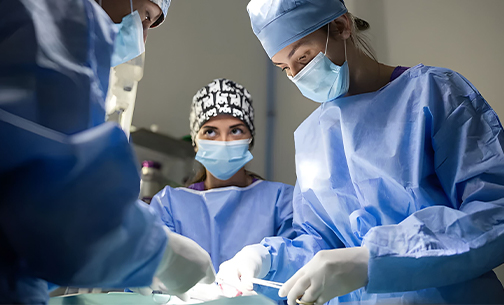

Miniaturization / integration
Some manufacturers explore integrating LEDs closer to or within the endoscope handle or tip to shorten light paths and improve optical efficiency — but this raises challenges in heat and space constraints.
Download catalog for more information
© 2025. All rights reserved.
About Us
Introduction
Development
Cooperation
Service
Main Products
Medical Grade Monitor
No 15, Jinyang road KunshanSuzhou, Jiangsu, China

